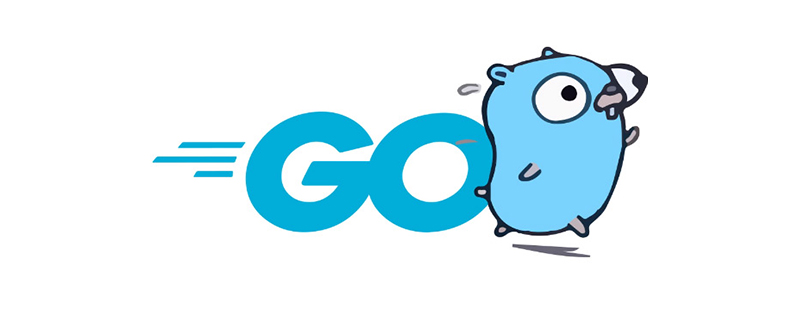

在Go中,接口interface其实和其他语言的接口意思也没什么区别。interface理解其为一种类型的规范或者约定。一种类型是不是“实现”了一个接口呢?就看这种类型是不是实现了接口中定义的所有方法。(推荐:go语言教程)
1、接口的定义和使用。
比如
type I interface{
Get() int
Put(int)
}这段话就定义了一个接口,它包含两个函数Get和Put
好了,我的一个接口实现了这个接口:
type S struct {val int}
func (this *S) Get int {
return this.val
}
func (this *S)Put(v int) {
this.val = v
}这个结构S就是实现了接口I
2、空接口
对于空接口interface{} 其实和泛型的概念很像。任何类型都实现了空接口。
下面举个例子:
一个函数实现这样的功能:
以任何对象作为参数,如果这个对象是实现了接口I,那么就调用接口I的Get方法
很多语言都是这样的逻辑:
function g(obj){
if (obj is I) {
return (I)obj.Get()
}
}Go中是这样实现的:
func g(any interface{}) int {
return any.(I).Get()
}这里的any.(I)是不是很语义化?“任何实现了I接口的对象”
3、Go中interface的写法:
下面看几个interface的例子:
func SomeFunction(w interface{Write(string)}){
w.Write("pizza")
}这个例子中,直接将interface定义在参数中,很特别…
func weirdFunc( i int ) interface{} {
if i == 0 {
return "zero"
}
return i;
}这里例子中,由于有可能返回string,也有可能返回int,因此将返回值设置成为interface,这个在Go的package包中会大量见到。
Atas ialah kandungan terperinci go语言中接口的使用. Untuk maklumat lanjut, sila ikut artikel berkaitan lain di laman web China PHP!
 Penggunaan kata kunci Jenis dalam Go
Penggunaan kata kunci Jenis dalam Go
 Cara melaksanakan senarai terpaut dalam go
Cara melaksanakan senarai terpaut dalam go
 Apakah perisian pengaturcaraan bahasa Go?
Apakah perisian pengaturcaraan bahasa Go?
 Bagaimana untuk belajar bahasa go dari 0 asas
Bagaimana untuk belajar bahasa go dari 0 asas
 Apakah kaedah untuk melaksanakan lebihan beban operator dalam bahasa Go?
Apakah kaedah untuk melaksanakan lebihan beban operator dalam bahasa Go?
 Apakah pengendali dalam bahasa Go?
Apakah pengendali dalam bahasa Go?
 Bagaimana redis menyelesaikan ketekalan data
Bagaimana redis menyelesaikan ketekalan data
 Pengenalan kepada sistem operasi linux
Pengenalan kepada sistem operasi linux